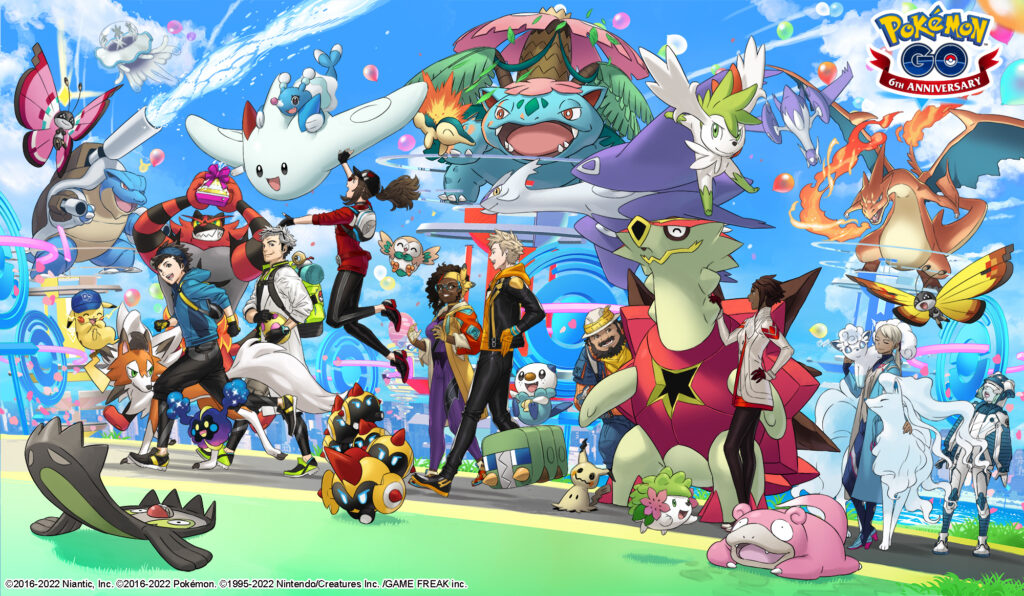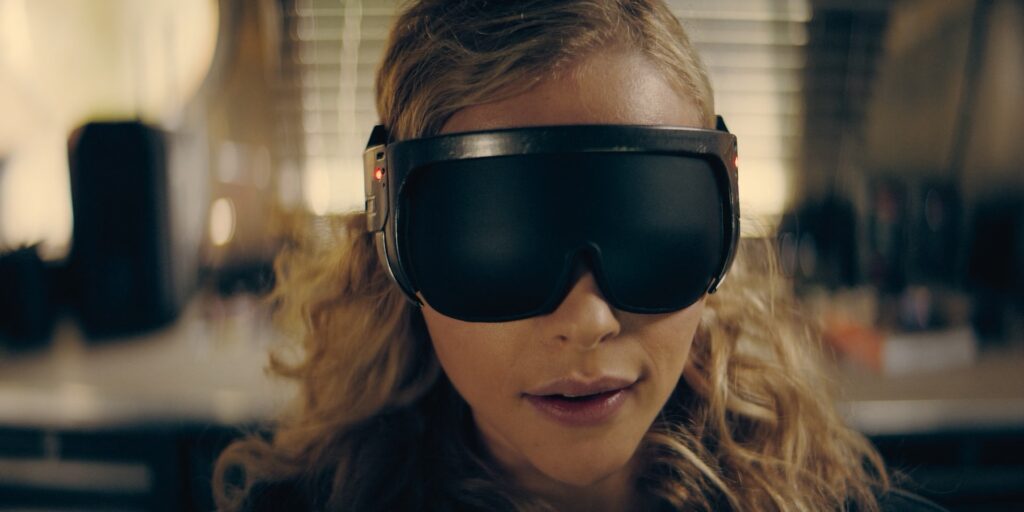I’m a bit embarrassed to admit but I’ve started playing Pokémon Go once more. Amazon Prime Gaming gave me some in-game bonuses, so now I’m back on and it’s got me moving more than I have in a while. Pokémon Go is doing a 6 year anniversary right event now – it largely looks the same, but I really didn’t use it much when it launched. There are definitely some lessons to be learned here about operating location based AR content.
General Observations
Locations/stops are sometimes inside of private communities. Should everyone be able to access the same parts of a game?
There are awkward locations to stop and swipe stuff. Busy intersections. Museums where you can’t use a phone. Technically public locations, like a sidewalk outside a school, but where loitering would be creepy or illegal.
I know nothing about Pokémon but I feel like none of the locations are related to the things that spawn there. Should water based Pokémon appear mostly near the river? Should any other types appear there? I’ve heard there are events around seasons and holidays (Halloween) where certain types appear exclusively.
Battles are great non location specific things to do if you’re just stuck at home, but maybe some more stuff there?
AR is great, but tie that into social and do TikTok dances with your Pokémon companion or something. Today you can take a pic of your companion in AR mode, maybe at least pose with it. There aren’t many ways the game advertises itself to others outside the game – encouraging natural self-marketing seems obvious.
I hated when Fallout 4 added colony building but you couldn’t show off what you built. Seems like the companion could be a personal thing. Lean into that.
Urban vs Suburban
Discussing the game with my suburban friend, it became apparent that he is not getting nearly as much opportunity to engage with the game in daily life. Lifestyles largely based around driving cars give you fewer chances to play the general game. Even if you aren’t driving, the game blocks you out of spinning if you are moving more than a little.
NYC is packed with stops, other users setting lures, and gym raids. GPS can be less predictable around large buildings, so the imprecise location lets you swipe many locations within a large number of blocks without actually moving IRL. The game is alive and vibrant all around the urban landscape.
Part of this points to the game being a reappropriated property (Ingress) of Niantic. As I understand it, stops were created from locations in that other game. There is no relation between a stop and the type of actual location it is. I wonder what a game built from scratch would look like. With no existing dataset, perhaps AI generated locations? Broad areas of private homes would suggest private stops that maybe only your guests could engage with. Dense housing (apartment buildings or housing projects) wouldn’t be able to accommodate that in quite the same way.
There should be another element to the game that favors a suburban lifestyle. Drive past a bunch of locations? Frequent customers at a sponsored spot?
Health and Fitness Data
I actually love the tie in to Apple Health step data. You don’t necessarily have to be doing awkward swiping on the sidewalk, but can do the exercise element without the app open and still get some perks in game.
Potential Areas to Expand
There is a lost opportunity for real world interaction between players. This is problematic for safety reasons, so minors should be excluded. Perhaps fine accuracy (locked GPS location) could be one factor. Bluetooth scanning as a verification. Connected to the same password protected Wi-Fi access points. Willingness to meet strangers. Scanning your social graph and comparing to others nearby to indicate some existing relationship. Identity verification as a prereq.
The game has been proven to get people more active and moving about. Herds of users seen chasing after rare creatures. If you could find a way to reduce the risk, adding IRL social engagement could be another benefit to encouraging positive behavioral change.
It seems like locations can be sponsored by Starbucks and such. There seems to be lost opportunity to provide discounts or bonuses in game from real world location engagement. Those metrics are more important than people spinning there: someone who lives next door and purchases nothing doesn’t matter. Somebody who works/frequents some location, but changes their normal behavior to stop at a place a block away with an in-game coupon, would be very worth the customer acquisition cost.
Sponsored events (gaming convention like PAX or a speed dating event) could offer an in-game check-in. There is an element of safety confidence that they are verified or vetted by being checked in by the people running the event. There is another element of shared interest, enriching the social bonding. Any event or place where you would be trying to encourage social interaction, this could work.
I have no idea what the sponsorship backend is like, but a self-service advertising platform seems a lot easier to scale to a worldwide scale than any other sales approach.
The VR/XR/AR space seems to be taking off. I feel like the ‘augmented’ part of this AR game is a bit lacking.
Conclusion
I was a little surprised the game is still here after 6 years. I’ve heard nobody talk about it, but there does still seem to be an engaged community. There are many more opportunities for monetization/sponsorship. I don’t see any attempt to grow the user base/community – social tie-ins seem like a great natural way to expand. This game has encouraged positive lifestyle changes and I think more can be done there.
* I originally posted this on Twitter


